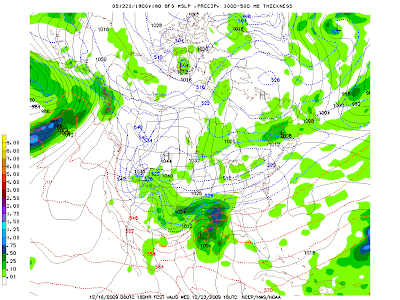
The shot above shows a strong velocity couplet moving across the Loop 281 HWY 80 intersection.

The shot above shows a text book hook echo image of the supercell thunderstorm producing the tornado.

The shot above shows a three dimensional image of the storm as it produced the EF-2 tornado.
The following is from the National Weather Service storm survey:
...A storm survey has been completed for the December 23rd Longview
tornado...
The national weather service performed a storm survey in Harrison
County Texas for a tornado which touched down near Longview on
December 23rd 2009 at 4:39 pm.
An ef2 tornado touched down on the east side of Longview...just west
Of the intersections of east cotton street. And industrial drive.
The tornado then tracked north northeast causing damage to several
Industrial buildings along industrial drive...it crossed industrial
Drive just south of highway 80...causing significant damage to the
Fed ex building and other surrounding industrial businesses.
The tornado then crossed highway 80...causing significant tree and
Roof damage to several homes in a residential neighborhood. The
Track continued north northeast as the tornado crossed loop 281 just
South of page road. The tornado caused major roof damage to a home
On page road. Before continuing northward...the storm continued to
Cause tree and roof damage in a residential area before crossing
Peter Bonner road near sandy lane. More tree and roof damage was
Observed as the storm tracked into a rural area...ending south of fm
449 on Keasler road around 4:56 pm.
The tornado was rated an ef2 with winds estimated at 110 to 120 mph.
The tornado was on the ground for 17 minutes...its width was 200
Yards...and the path length was approximately 7 miles.



















































